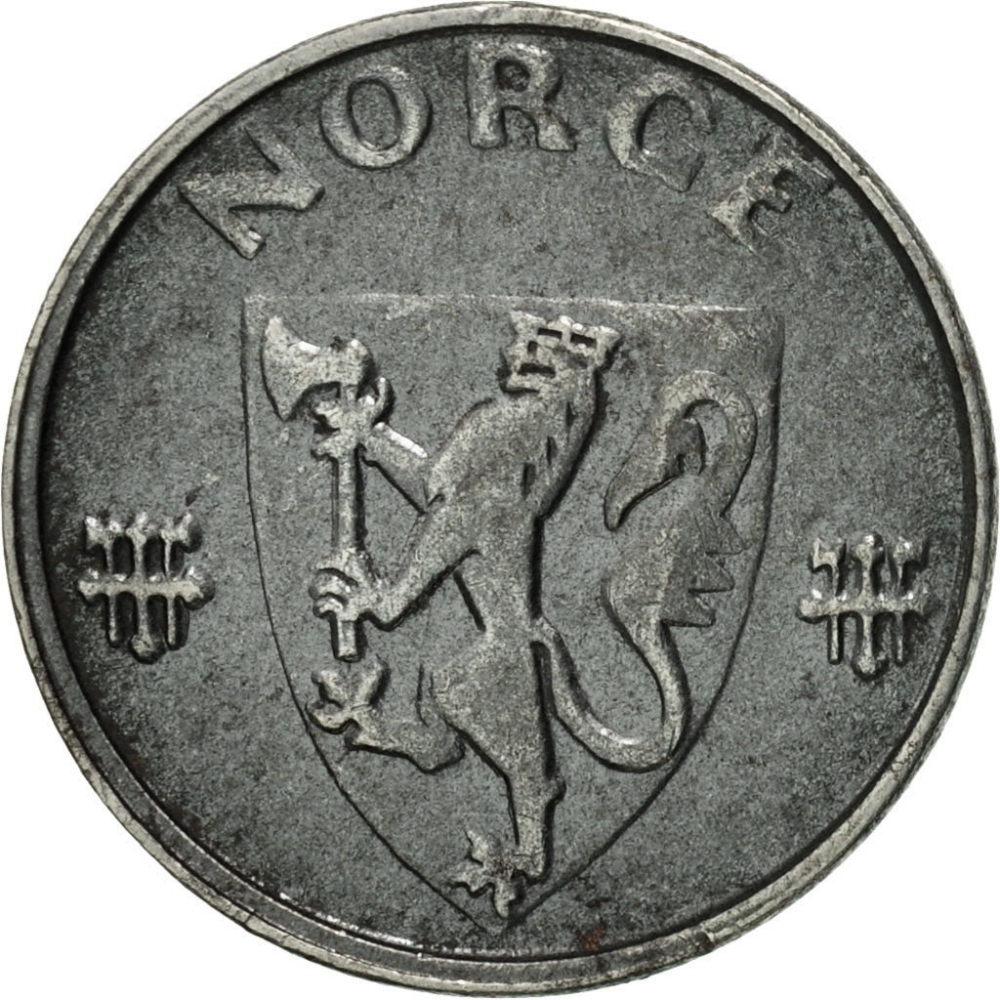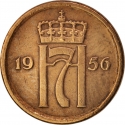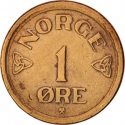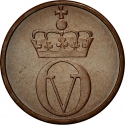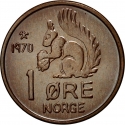You are about to finish your registration. Please check your mailbox (including spam folder). There should be a letter with a confirmation link. Check setting to make sure that your e-mail address is correct.
Send letter againDescription
The occupation of Norway by Nazi Germany during the Second World War began on 9 April 1940 after Operation Weserübung. Conventional armed resistance to the German invasion ended on 10 June 1940, and Nazi Germany controlled Norway until the capitulation of German forces in Europe on 8 May 1945. Throughout this period, a pro-German government named Den nasjonale regjering (English: the National Government) ruled Norway, while the Norwegian king Haakon VII and the prewar government escaped to London, where they formed a government in exile. Civil rule was effectively assumed by the Reichskommissariat Norwegen (Reich Commissariat of Norway), which acted in collaboration with the pro-German puppet government.
During the German occupation of Norway, the composition was changed from bronze to iron (for the war efforts), and the obverse was also changed to no longer include the Haakon VII monogram, as the king went into exile after denying the German ultimatum.
Obverse

|
Depicts the Norwegian lion from the coat of arms of Norway, the country name above. NORGE |
|---|---|
Reverse

|
Depicts the value and the issue date, surrounded by three ornamental roses. 1 |
| Edge |
